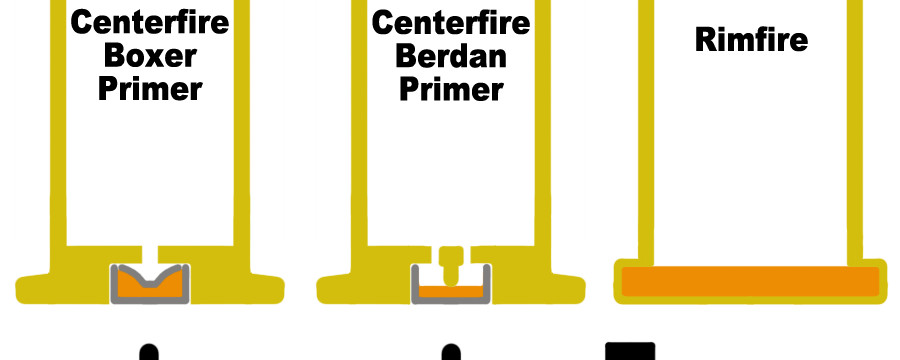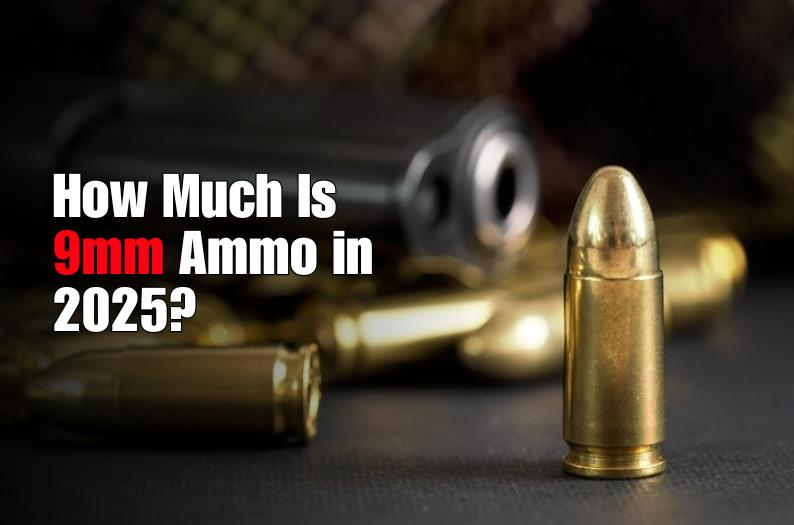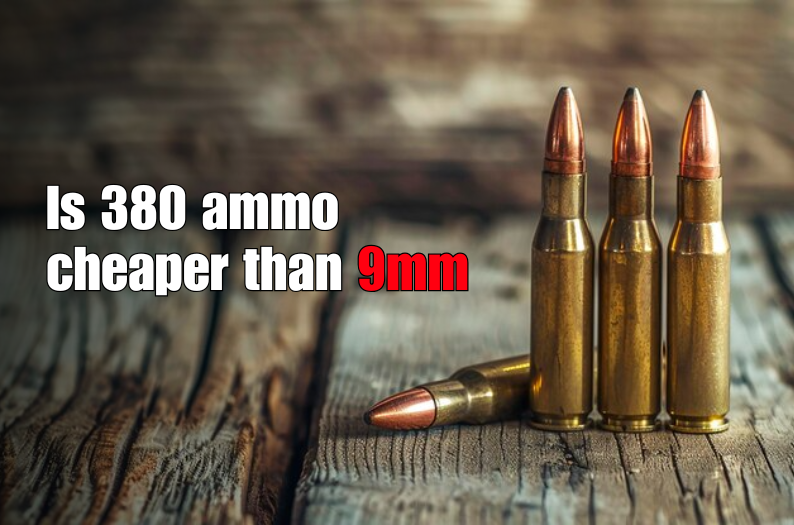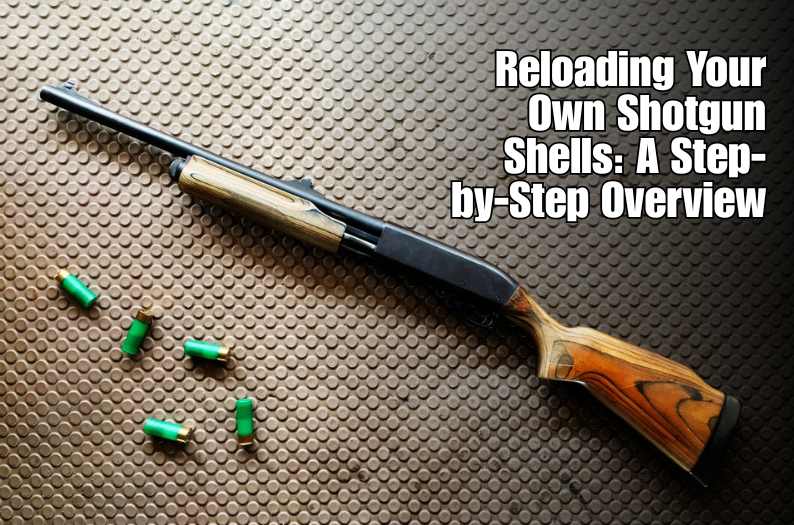Ammunition comes in various forms, each tailored to specific needs—whether for hunting, self-defense, or recreational shooting. Among the most popular types of ammo are centerfire and rimfire. While they share similar functions, they have distinct characteristics, designs, and uses. This article explores the key differences between centerfire and rimfire ammo, focusing on their construction, performance, and use of hollow point bullets.
Basic Components of Ammo
To understand the differences between these two types of ammunition, it's essential to first know the basic structure of a cartridge. A standard cartridge includes four main parts:
- Case: Holds all the components together.
- Primer: Ignites the powder when struck.
- Powder: The propellant that burns to propel the bullet.
- Bullet: The projectile shot from the firearm.
While both centerfire and rimfire cartridges have these components, the location and function of the primer differ, influencing the ammunition's performance.
Centerfire Ammunition
Centerfire ammo is widely used in larger-caliber firearms. Its defining feature is the primer, which is positioned at the center of the case base. When the firing pin strikes this primer, it ignites the powder and propels the bullet.
Benefits of Centerfire Ammo:
- Reliability: With its centrally located primer, centerfire ammo provides consistent ignition, even in tough conditions.
- Durability: Typically made of brass or steel, centerfire cartridges can withstand high pressures and rough handling.
- Reloadability: A major advantage of centerfire ammo is that it can be reloaded. The spent primer can be replaced, and the case can be refilled with powder and a new bullet, making it more economical for frequent shooters.
- Versatility: Available in a wide range of calibers, centerfire ammo suits everything from small handguns to large rifles, making it ideal for hunting, self-defense, and target shooting.
Common Uses of Centerfire Ammunition:
- Hunting: Its reliability and power make it the preferred choice for hunting large game. Hollow point bullets, which expand on impact, enhance effectiveness for humane kills.
- Self-Defense: Centerfire ammo is often used in handguns for self-defense. Hollow point bullets provide maximum stopping power and reduce the risk of over-penetration.
- Target Shooting: Though pricier than rimfire, centerfire ammo is favored in competitive shooting for its accuracy and consistency.
Rimfire Ammunition
Rimfire cartridges are typically used in smaller calibers like the .22 LR, one of the most common rounds. The primer in rimfire ammo is located in the rim of the case. When the firing pin strikes the rim, it crushes the primer and ignites the powder.
Benefits of Rimfire Ammo:
- Cost-Effective: Rimfire ammunition is cheaper to produce, making it an affordable option for shooters.
- Low Recoil: Smaller sizes and lighter powder charges mean rimfire ammo has less recoil, making it ideal for beginners, plinking, and small game hunting.
- Wide Availability: Rimfire ammo is easy to find and comes in many different loads.
- Accuracy: While less powerful, rimfire rounds can still be highly accurate, especially for short-range target shooting.
Common Uses of Rimfire Ammunition:
- Training: Thanks to its low cost and recoil, rimfire ammo is great for introducing new shooters to the sport. The .22 LR is particularly popular for this purpose.
- Plinking: Rimfire ammo is ideal for casual target shooting, or ""plinking,"" offering a fun and inexpensive way to practice.
- Small Game Hunting: Its lower power makes rimfire ammo perfect for hunting small animals like rabbits and squirrels, reducing the risk of damaging the meat.
Comparing Performance and Suitability
When choosing between centerfire and rimfire ammo, key considerations include power, velocity, cost, and accuracy.
- Power and Velocity: Centerfire ammo generally offers more power and higher velocity than rimfire, making it better suited for self-defense or hunting larger animals.
- Accuracy: While centerfire rounds are more accurate over long distances, rimfire ammo can still be highly accurate within its effective range, especially for short-range shooting.
- Cost: Rimfire ammo is much cheaper, making it a more budget-friendly option for casual shooters and beginners. Centerfire ammo, though pricier, can be more economical over time due to its reloading potential.
Hollow Point Bullets in Ammunition
Hollow point bullets expand upon impact, creating a larger wound channel and delivering more energy to the target. This makes them particularly useful for hunting and self-defense.
- Centerfire Ammunition: Hollow points are commonly used in centerfire ammo for self-defense and hunting. Their high velocity ensures effective expansion and maximizes stopping power.
- Rimfire Ammunition: Though less common, hollow point rimfire ammo can be effective for small game hunting, ensuring humane kills.
Choosing the Right Ammo for Your Needs
The decision between centerfire and rimfire ammo depends on the intended use, budget, and experience level.
- Self-Defense: Centerfire ammo is generally the better choice due to its power and stopping ability, especially with hollow point rounds.
- Hunting: Centerfire is ideal for large game hunting, while rimfire is sufficient for small game.
- Target Shooting and Training: Rimfire ammo is perfect for beginners and casual shooting, thanks to its affordability and minimal recoil. Centerfire is better for more serious target shooting, where long-range accuracy is necessary.
- Recreational Shooting: Rimfire is popular for informal target practice, while centerfire is favored for more advanced shooting sports.
Reloading Considerations
- Centerfire Ammunition: The brass cases of centerfire cartridges can be reloaded multiple times, allowing shooters to save money and customize their ammo.
- Rimfire Ammunition: Rimfire cartridges are typically not reloadable due to the design of the primer, making them single-use.
Safety and Maintenance
- Centerfire Ammunition: Because of higher pressure, it’s important to ensure your firearm is compatible with the ammo. Regular maintenance and proper storage are essential for safety.
- Rimfire Ammunition: Rimfire ammo is more sensitive to moisture and physical damage. It’s important to inspect and store it carefully to ensure reliability.
Conclusion
In summary, the primary difference between centerfire and rimfire ammo lies in the placement and design of the primer. Centerfire ammo offers higher power, reliability, and versatility, making it suitable for self-defense, large game hunting, and competitive shooting. Rimfire ammo is more affordable, with less recoil, making it perfect for beginners, training, and small game hunting. Hollow point bullets enhance the performance of both types, offering greater stopping power and efficiency.
By understanding the differences, you can select the best ammunition for your needs, whether for personal defense, recreation, or training.
Take Action
Ready to find the right ammo for your next adventure? Whether you need the power of centerfire or the affordability of rimfire, we have what you're looking for. Explore our wide range of ammunition, including top-quality hollow point bullets, and get ready to enhance your shooting experience today. Don’t wait—stock up now for all your shooting needs!
- #best ammunition for self-defense
- #centerfire ammo for handguns
- #centerfire ammo for hunting
- #centerfire ammo for rifles
- #centerfire ammunition advantages
- #centerfire vs rimfire ammo
- #centerfire vs rimfire ballistics
- #comparing centerfire and rimfire cartridges
- #differences between centerfire and rimfire
- #hollow point ammunition effectiveness
- #hollow point bullets benefits
- #hollow point bullets in centerfire rounds
- #hollow point bullets in rimfire ammo
- #how to choose ammo type
- #rimfire ammo for plinking
- #rimfire ammo for small game hunting
- #rimfire ammo uses
- #rimfire ammunition for beginners
- #rimfire vs centerfire reliability
- #selecting ammunition for self-defense










